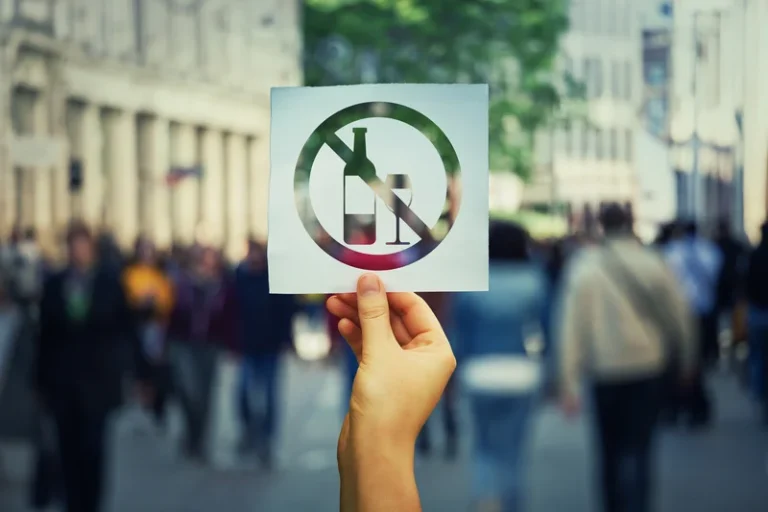
Fentanyl about, use, side effects and alternatives

Understanding fentanyl, an opioid prescribed for chronic pain, its forms, usage, effects, and risks. Also covers illicit use and harm reduction measures. Despite the lifesaving track records of these medications, their availability is limited by restrictions on where and how they can be used and inadequate numbers of prescribers.

How do I dispose of medicines safely?
Dizziness or severe drowsiness can cause falls or other accidents. Fentanyl injections are used in a hospital setting as an analgesic or anesthetic premedication for surgery. Place the medicine in your mouth between your cheek and gum, and hold the handle with your fingers. Twirl the handle to move the medicine around in your mouth while sucking on it. Discontinue all other extended-release opioids when beginning therapy.

Why is this medication prescribed?
Fentanyl should be used along with your other pain medication(s). Do not stop taking your other pain medication(s) when you begin your treatment with fentanyl. If you stop taking your other pain medication(s) you will need to stop using fentanyl.
Fentanyl and overdose

Fentanyl is from the class of medicines called narcotic analgesics. Your doctor will probably start you on a low dose of fentanyl and gradually increase your dose until you find the dose that will relieve your breakthrough pain. If you still have pain after using one lozenge or tablet, your doctor may tell you to use a second lozenge or tablet. You may use the second lozenge (Actiq) 15 minutes after you finish the first lozenge, or use the second tablet (Fentora) 30 minutes after you started using the first tablet. Talk to your doctor about how well the medication is working and whether you are experiencing any side effects so that your doctor can decide whether your dose should be adjusted.

Store fentanyl in a safe place so that no one else can use it accidentally or on purpose. Use the child-resistant locks and other supplies provided by the manufacturer to keep children away from the lozenges. Keep track of how much fentanyl is left so you will know if any is missing. Store fentanyl at room temperature and away from excess heat and moisture (not in the bathroom).
Treatment options for fentanyl addiction
As fentanyl has become ubiquitous across the U.S., it has transformed the illicit drug market and raised the risk of overdose. Fentanyl is estimated to be about 100 times more potent than morphine and 50 times more potent than heroin as a pain reliever. how long does iv fentanyl stay in your system There are two types of fentanyl – pharmaceutical fentanyl and illegally made fentanyl, both are synthetic (lab made) opioids. Sometimes, fentanyl is mixed with other illegal drugs. However, people may not always know fentanyl is present.
- When someone with an opioid use disorder misuses fentanyl, it is usually illegally manufactured fentanyl rather than a prescription product.
- Avoid driving or operating machinery until you know how this medicine will affect you.
- A person exhibiting the symptoms of overdose should get immediate medical attention.

- His brother reported that the boy had taken a blue tablet labeled “M30,” which the boy believed to be oxycodone.
- Fentanyl should only be prescribed by doctors who are experienced in treating pain in cancer patients.
- A program has been set up for each fentanyl product to decrease the risk of using the medication.
- Fentanyl is a prescription opioid used to treat moderate to severe pain, but it can be misused, abused, and cause overdose deaths when obtained illegally.
- The claim that some of the colors have a stronger effect than others is a myth.
- People who take fentanyl may develop a tolerance to high doses, meaning that more of the drug is needed to achieve the desired effect.
Fentanyl Side Effects, Overdose and Withdrawal Your Room
- It’s used to treat severe pain, for example during or after an operation or a serious injury, or pain from cancer.
- Withdrawal symptoms typically start within 12 hours after your last dose of the drug.
- Side effects include drowsiness, weakness, and dry mouth.
